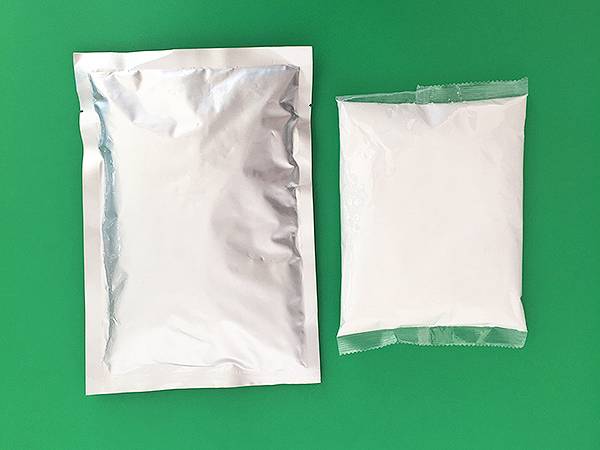



How to Produce Saltpeter at Home Using Simple Ingredients and Techniques
How to Make Saltpeter A Step-by-Step Guide
Saltpeter, also known as potassium nitrate, has been used for centuries in various applications, from food preservation to fertilizers and even as a key component in gunpowder. For hobbyists, chemists, and those interested in historical methods of production, making saltpeter can be an intriguing endeavor. This article will guide you through the process of making saltpeter from natural materials, focusing on safety, methods, and applications.
What is Saltpeter?
Saltpeter is a chemical compound composed of potassium, nitrogen, and oxygen, with the chemical formula KNO₃. This white crystalline substance is highly soluble in water. Traditionally, it has been extracted from soil enriched with organic materials, such as decomposing plant matter and animal manure. The historical significance of saltpeter cannot be understated, as it played a critical role in the development of early explosives and was crucial in the production of gunpowder.
Materials You Will Need
To make saltpeter, you will need the following materials
1. Manure Animal manure, especially from cows or horses, serves as a rich nitrogen source. 2. Organic Material Leaves, wood ash, or straw can provide carbon, which aids in the decomposition process. 3. Water To help dissolve the compound and facilitate the extraction process. 4. Container A large container or barrel to mix and compost the materials. 5. Sieve or Cloth For filtering the liquid solution. 6. Evaporating Dish For crystallizing the saltpeter.
The Process of Making Saltpeter
1. Prepare the Compost Mixture Start by mixing equal parts of animal manure, organic material, and water in a large container. Stir the mixture thoroughly to combine the ingredients evenly. The compost should be placed in layers for better aeration and decomposition.
making saltpeter

2. Allow for Decomposition Cover the mixture loosely with a tarp to protect it from rain while allowing airflow. Over the next few weeks, the materials will begin to decompose. Stir the mixture every few days to aerate it and speed up the composting process. After about 4-6 weeks, you should notice a dark, rich compost with a distinctive smell, indicating microbial activity.
3. Leach the Mixture After decomposition, it's time to leach the compost to extract the potassium nitrate. Place the compost in a large container with holes at the bottom. Slowly pour water over the compost, allowing the water to leach through and collect in a separate container below. This liquid contains dissolved potassium nitrate along with other soluble salts.
4. Filter the Solution Use a sieve or cloth to filter the liquid solution, removing any solid particles. What you have now is a clear solution rich in nitrates.
5. Evaporate the Water Pour the filtered solution into an evaporating dish. Place the dish in a warm, sunny location or on a low heat source (such as a stovetop). Allow the water to evaporate slowly, leaving behind white crystals. This process can take several hours to days, depending on the amount of water and the environmental conditions.
6. Harvest the Crystals Once the water has fully evaporated, scrape the white crystalline saltpeter from the dish. Store your saltpeter in a dry, airtight container to prevent it from absorbing moisture from the air.
Safety Considerations
While making saltpeter at home can be a fun and educational project, safety should always be a priority. Ensure that you work in a well-ventilated area to avoid inhaling any dust or fumes from the materials. Wear gloves and protective eyewear to protect yourself from any irritants. Lastly, be mindful of local regulations regarding the production of chemical substances, as it may be restricted in some areas.
Conclusion and Applications
Making saltpeter can be an engaging way to explore chemistry and historical methods of production. The resulting potassium nitrate has diverse applications, including use in fertilizers, food preservation, and even fireworks. By following these steps and adhering to safety precautions, you can successfully create your own saltpeter at home, gaining insight into both its chemistry and its historical significance. Whether for practical use or simply as a fascinating experiment, making saltpeter can be a rewarding venture.
-
Why Sodium Persulfate Is Everywhere NowNewsJul.07,2025
-
Why Polyacrylamide Is in High DemandNewsJul.07,2025
-
Understanding Paint Chemicals and Their ApplicationsNewsJul.07,2025
-
Smart Use Of Mining ChemicalsNewsJul.07,2025
-
Practical Uses of Potassium MonopersulfateNewsJul.07,2025
-
Agrochemicals In Real FarmingNewsJul.07,2025
-
Sodium Chlorite Hot UsesNewsJul.01,2025










